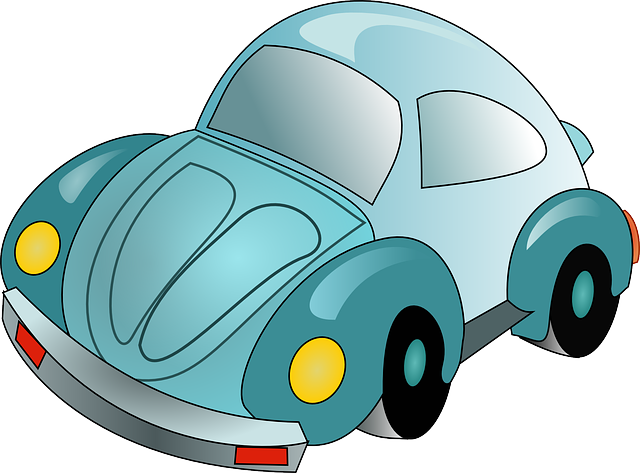
What’s a Damper?
Dampers are oil-filled tubes with a piston on the inside. The purpose of these pistons is to move the oil within the tubes through tiny, precise holes past a sprung shim at set speeds.
Damper Construction
Dampers consist of:
- The main body
- Adjuster needles
- Shims
- A piston with precisely-machined holes
- Nitrogen
- Oil
The main body serves as the damper’s housing and generally contains external threads that allow the system’s spring base to wind up and down for easier adjustment of ride height and preload.
The piston, on the other hand, connects to the damper’s chassis, inserts into the system’s body, and travels through the oil during operation.
The shims are located at the top of the damper and bend when oil passes through the damper’s piston, allowing the oil to spurt out. It’s worth noting that shims are generally tuned to the system’s spring rate and are a vital factor to consider when designing or making a damper system.
Adjuster needles screw into and out of the piston holes. Since their main purpose is to regulate the amount of oil passing through the piston, they play a major role in helping determine a damper’s rebound and bump characteristics.
Oil, the main fluid used in dampers, passes through the system and must be of a specific viscosity so that it can easily flow through the piston holes and past the damper’s shims at a specified rate.
As a non-reactive gas, nitrogen is used to pressurize the oil inside a damper system and ensure it stays within a set pressure for the damper to operate as intended. The gas is also used in external reservoirs to maintain pressure so they can supply the damper’s body without delays when needed. The gas can also serve as a spring from within the system that helps even out the damping effect during high-speed impacts. For readers who are looking for sports shock absorbers then see here.
What Purpose Do Dampers Serve?
The main purpose of a damper is to control spring motion and help manage a car’s shock loads and weight transfer. Without dampers, coil springs would, once disturbed, oscillate to the end of time, something that’s not ideal especially since your main goal is to maintain constant contact with the road to maximize grip. Dampers help control how much springs oscillate and return them to their stationary position as efficiently and quickly as possible once they’ve done their job.
Dampers are also used to control how fast springs are allowed to extend and compress. This is what’s known as bump and rebound and is quite vital. Regulating how fast springs extend or compress helps control how much the vehicle rolls in and out of a corner, which is useful especially when it comes to correcting oversteer and understeer in vehicles
It’s worth noting that dampers can also serve as shock absorbers and are particularly useful in some categories, such as rallying, where the ground is not even and the wheels need to absorb as much shock as possible to keep the car from jolting up. For rally vehicles to absorb as much impact as they can on a track but still maintain a rigid suspension set up for hard cornering, three-way adjustable dampers are the way to go.